Three things Apple got wrong with the Vision Pro launch
Last updated
After a solid month of using Apple Vision Pro, I'm finding the product a lot easier to wear for longer periods of time than I expected. At the same time, I think Apple made at least three critical errors in the initial launch of its new spatial computing platform.
The technology Apple packed into its first generation Vision Pro is phenomenal. In typical Apple fashion, the company did not rush out a product that merely tried to duplicate the "look and feel" of an existing Virtual Reality product pioneer — the way Microsoft Windows 95 belatedly copied the 1984 Macintosh, the way Google's Android desperately copied Apple's iPhone in 2008, or the way Samsung slavishly copied iPhone, iPad and every other aspect of Apple's business beginning in 2010.
Instead, Apple's take on spatial computing was radically different from Google's experiments with Glass, or Microsoft's HoloLens business, or the various "Android phones on your face" strategies, and is also far more technically advanced than simple VR gaming rigs priced for consumers. I've already written why I think Apple's more ambitious goal of achieving spatial computing appears prescient.
However, the inherent result of all the incredible tech Apple shoehorned into Vision Pro is a wearable product with significant weight, which also needs to be fitted individually to the faces of a wide range of user face shapes. It's also quite delicate. The fact that Apple launched Vision Pro at all is incredible, even with its sobering price tag.
But rather than just celebrating how lucky we are to be living in the present, let's take a step back and castigate Apple's mistakes in ushering in the future, because it's so easy to complain about ambitious risk takers.
Flaw One: Fitting and Comfort
Rather than trying to design Vision Pro to be infinitely adjustable, Apple developed a fitting system oriented largely around a single piece: the Light Seal. There is also a thicker and thinner version of the Light Seal Cushion, two pads you can swap between, included in the box. The Light Seal is a somewhat delicate, thin frame and costs $200 to replace.
When you order a Vision Pro online, the Apple Store app prompts you to perform a biometric scan your face in a process similar to Face ID. It then recommends a specific model of the Light Seal based on the width of your face and other parameters that are unique to your physical appearance.
Apple's face scanning system and the design of the Light Seal are quite brilliant. It was nearly effortless for me to place my order in the first few minutes the product went on sale, without even visiting a retail store.
However, after receiving it and trying it on, I found my Vision Pro was difficult to comfortably wear.
I should note that I don't like to wear any sort of glasses. I struggle with wearing even prescription lenses that help me see better. From the beginning, I felt like I was constantly fidgeting with Vision Pro, and have only recently gotten used to wearing it for longer sessions.
The weight of its cameras, optics, and its substantial glass and metal exterior are significant enough to make it really important to get the best fit possible. That, combined with the incredible physical variations of the human population, creates a tall task that Light Seal, its two comfort pads, and the two bundled strap options handle pretty well.
The flaw I discovered here is that the confidence of the Apple Store app in recommending a specific Light Seal is too high. I think the company should have more strongly recommended a custom fitting in store, and should have foreseen that buyers would want optimize their fit after the fact.
After a couple weeks of using my Vision Pro, I visited an actual Apple Store location to solve another issue — I'd separately bought a HomePod over the holidays that turned out to be defective. The Apple Store app made it really easy to make an appointment, but the actual Apple Store fumbled both issues.
It turned out that Apple didn't have any stock of replacement HomePods, and expected me to leave and return another time to get it exchanged. But that's not all — the Apple Store then told me that engineering was particularly curious about my dead-on-arrival HomePod, and wanted to take it immediately.
I still needed to return another day to pick up its replacement.
Having half-resolved that issue, I asked about doing a refit test for my Vision Pro. Using what appeared to be the same camera-based fitting process, this time I was given a different Light Seal size recommendation. And sure enough, when they brought out this other Light Seal and attached it to my unit, it felt way more comfortable, particularly on the sides.
It was like returning shoes that didn't fit and finding that — lo and behold! — they were actually designed to fit me perfectly but I'd been given the wrong size the first time.
I'd previously noted that I'd experienced what appeared to be a light leak stemming from the strap fit. This new Light Seal wrapped more closely around my face to prevent that issue, and overall resulted in a more comfortable positioning of the unit in a way that also better balanced its weight, making it immediately obvious that I'd ordered the wrong part from the start.
However, while the Apple Store offered to swap out the new Light Seal, they also said they didn't have it in stock. The part I'd tried in the store was merely a demo tester.
Further, there was no option to ship the part to me, and it would not be available "in store" for at least a month, with no clear indication when it might be available.
The takeaway of Strike One: if you're ordering a Vision Pro, you should probably double check your fit in a store, because Apple totally dropped the ball on ensuring that its initial customers could be refitted after ordering it.
This seems like a major lapse for such a high profile, premium priced new product introduction from a company that specializes in high profile, premium priced new product introductions. Of course, Vision Pro is also the first Apple product that really requires such an intimately personal fit.
Incidentally, after I returned to pick up a replacement for my HomePod, I was handed a refurb box that only contained a bare HomePod unit, without a power cable or any of the other packaging or contents that I brought in.
When I contacted Apple support chat, I was told this was my fault because they considered the unique power cable to be an "accessory" and that Apple has no capacity to keep track of anything that belongs to a customer, even though it was the Apple Store that decided to take possession of my entire package.
Is Apple now training its support employees to destroy all the remaining joy in your buying experience? This seems like a major mistake as well.
This additionally means that once you buy a Vision Pro, you very likely both need an Apple Store, and also will not be helped by an Apple Store, because the teams that built this genius fitting system didn't anticipate that there could be any mistakes with fitting.
If your Vision Pro isn't fitting comfortably, you might be out of luck for weeks until Apple figures this out and offers you any recourse. Needless to say, this is a huge flaw in releasing a high end wearable product, but it isn't the only one.
Flaw Two: Price
It's not controversial to say Vision Pro is expensive. But I don't think Vision Pro is overpriced as much as it is under-priced. I don't think the company should charge more for this device, but rather that it should bundle AppleCare support coverage into the base price, even if that means a higher price entry point, at least initially.
I previously recommended that buyers who decide they can afford Vision Pro — or who believe they have a commercial need for buying it — should strongly consider getting AppleCare coverage. The device is more delicate than a typical iOS device, and unlike your MacBook, it doesn't have any sort of MagSafe to keep you from tripping over a power cable and potentially sending it crashing towards the floor.
Because I frequently use my Vision Pro while connected to power — particularly when involved in a rainy day marathon session, or watching a movie, or writing some long article, or getting nostalgically lost for hours perusing through the last decade of my Panorama captures — I've already come close to a few accidents.
There's some level of danger inherent with wearing the device while plugged in to a power adapter, but there's also risk attached to having it precariously plugged in even while you're not wearing it, where pulling on the wrong cable might set in into an unanticipated trajectory.
By offering the device without AppleCare, I think the company is suggesting that it may be more affordable than it really is. If you can't afford it at nearly $4,000 with insurance, you probably shouldn't risk owning it at $3,500 without coverage.
I haven't yet had the opportunity to evaluate how an actual Apple Store handles a Vision Pro AppleCare warranty claim, but I sure hope it isn't anything like my HomePod or my Vision Pro refitting experience.
Having said that, I recently brought in a totally smashed iPhone in under a warranty claim and it was replaced quickly and without incident. Conversely, I also have an older iPhone I lent to a friend who "dropped it," causing no apparent damage but somehow resulting in it refusing to charge now. It's not covered by AppleCare and the Apple Store only suggested a very expensive repair that effectively turned it into a pristine-looking museum piece. So AppleCare is a big deal.
I think Apple made a mistake in launching Vision Pro as a high priced device without bundling more of a white glove experience into the price. After all, it clearly isn't expecting to sell millions of these right off the bat to every iPhone user.
A large part of what Vision Pro's initial launch is accomplishing is laying the foundation for spatial development, not speculatively building a potential user base for a fledgling new platform.
Given that Vision Pro is initially targeting spatial content developers, enterprise users, and well-heeled consumers who are "not so price sensitive," I think Apple should assume it will be delivering a higher tier of support than its more typical sales of AirPods and iOS devices.
Flaw Three: Sharing
Another surprise I discovered in my first month of Vision Pro use: this device is not yet possible to share. It's even a bit arduous to show it off to a friend.
This shouldn't be entirely surprising. It's custom fit and touches your face, so it's quite "personal" to even want to share it.
Vision Pro certainly reaches a stratospheric new tier of "personal computing." But its platform design is also a close cousin to iPhone and iPad, neither of which is really designed to be multiuser. The reason for this is related to its limited storage.
Macs have been fully multi-user for longer than today's teenagers have been alive. But Apple's multi-user Macs also have always had relatively large storage drives that were large enough to store extensive user-specific domains of system settings, app preferences, personal data and so much more, all somewhat hidden away in the Users directory.
Moving this concept to iOS would partition up its local storage in a way that would inherently waste a lot of the potential of the device. If you bought a 512GB iPad and could create four user accounts on it, you'd effectively be sharing a 128GB iPad that only one account could use at once. Nobody wants to pay for a 512GB iPad that works like a 128GB iPad.
The other way to handle multiple user accounts is to copy all this user data to a network server. That's what Apple does with its multiple-account iPad feature aimed specifically at schools. This allows classrooms to share a fleet of iPads, but involves some delays in copying data back and forth to the server at the end of each class. This isn't really practical for non-education users at home, and would require a lot of expensive network infrastructure and requisite maintenance.
Making iOS multi-user would involve a lot of engineering work and tradeoffs that would inherently complicate and diminish the overall experience. Apple hasn't ever signaled that it wants to even attempt to focus on this, because outside of education markets, there aren't really many broad, compelling reasons for people to share iPads, and certainly not iPhones or Apple Watch.
Vision Pro inherits this same engineering reality, while at the same time having a clear use case for sharing it: it's really expensive! Certainly family members would like to be able to share one, and perhaps offices or other settings.
I'd recommend that you do not plan on this occurring within the lifetime of this first Vision Pro model.
Not only is the device "hygienically" tied to the primary user who buys it — with a precise personal fit being a major issue, as I noted above — but it's also tied to your personal Apple ID and its data, just like any other iOS-related device. It inherently has the same issues with trying to use multiple Apple IDs tied to different user accounts that iOS devices have.
I have an US account and an EU account to access App Store titles unique to specific countries, so I've already run into this. Practically, if you have multiple Apple IDs to use different regional apps, or if you have a separate personal Apple ID account and a developer Apple ID account, or perhaps a business-related Apple ID account, you are already familiar with how difficult it is to work between Apple IDs on iOS devices.
If not, take it from me: it's a major, frustrating hassle.
Even on a Mac, while it's slightly easier to log into the App Store from multiple accounts to download and update apps that are only available in a given location such as apps that support appliances only sold in one country, or regional media content apps, or informational apps that serve a single market, there are still complications.
For some reason my primary MacBook refuses to acknowledge that I should have any access to Apple News+, despite me paying for an "Apple One" subscription. It has something to do with having multiple Apple ID accounts tied to my Mac, but it's too much of a hassle to figure out why this isn't working without risking the delicate balance that lets me use apps from different countries.
I do not want to migrate this issue from my Mac to the Vision Pro.
Given that Apple's existing Macs and iOS devices face troubling problems dealing with Apple IDs belonging to one user, one can only imagine what complications might arise from trying to load and switch between different users' Apple IDs on the same device, without a complete multiuser architecture that wastes so much local resources that it only makes sense on a Mac.
Privacy and data security issues are at least as important considerations as the personal device fit and the issue of having it touching your face for extended periods. This is a very personal device on every level.
Further, beyond just physically fastening it to your head, there's another level of personal fit involved with Vision Pro: it needs to adjust its screens to your eyes' positioning (which it does automatically using motorized lens adjustment to account for your eye sockets) but it also needs to calibrate how exactly your eyes focus on targets. There's also the matter of prescriptions lens adjustments, which of course are unique to the user.
All of this means that in order to share a Vision Pro at all, you need to take out your own corrective lenses, and put it in its "sharing" mode. After you remove it, another user can then put it on and run through the initial steps to calibrate eye positioning and tracking. As soon as they take it off, their session goes away and it's yours again, locked with a passcode and must be recalibrated to try sharing it again.
Enabling sharing mode also lets you determine what apps and what data a trial user will be able to access, an important consideration. Otherwise, handing somebody your Vision Pro to "try" would be like unlocking your iPhone and handing it to them to "work on." There is just too much private data on your phone to do this safely. This may not be obvious until you actually try it. Do not try it.
All that having been written, I frequently find myself wanting to share the my glorious Vision Pro experience with others. The best way to do this is to first mirror your Vision Pro to a TV using AirPlay, then put it in sharing mode. This allows you to see what they're seeing, as it's quite difficult to imagine what they're seeing and help them navigate the system for the first time. It's like trying to help a parent with their computer over the phone.
To my surprise, other people I've showed Vision Pro have seemed to be mostly content with just seeing a brief preview.
Thinking back to my initial experience with it, this became easier to understand. The first session is a bit overwhelming. There's a lot to learn, mistakes are made, and it can be a little disorienting. Only after some intentional sessions do you really begin to see the full value and capabilities of it.
It took me several days of use to be fully convinced that Vision Pro delivered an exceptional new level of unique immersive entertainment, as well as a completely new way of working with creative and productivity apps. It is still incrementally sinking in — and impressing me on new levels — how profoundly Vision Pro's immersive and interactive visuals adapt our way of thinking about ideas in a natural, immersively visual and directly interactive way.
We perceive reality in our minds. Looking at photos, TV screens, and computer monitors delivers a 2D model that only approximates our experience in the real world. Having a computer system that adapts to our own binocular vision, gives us so much more information and emotional impact that is lost on simple a glass screen.
Vision Pro is a huge new leap in how we experience bitmapped graphics. Literally anything can be virtually anywhere. The downside to such a personal vision system that's so tightly integrated with our specific physical characteristics, calibrated to our vision, and touching our face, results in a product that is very difficult to effectively and easily share.
This is a difficult problem as it's also really, really tempting to want to share this, not just as an experience but as a device that at least multiple people in our household could all use. I'm calling this a flaw in Apple's launch, but it's really not. It's a facet of reality.
It would however, be very valuable for Apple to release a "Home" feature for Vision Pro that would allow trusted users of a Home, and perhaps a guest, to save their settings generated in the eye tracking optimization, in order to allow simplified "user profiles" more like Apple TV has. I don't think Vision Pro will ever get Mac-style multiuser capabilities, for the same reasons iOS devices haven't got them in 15 years: it's just not practical.
But better sharing between basic user profiles with an implication of familial trust between them? Vision Pro needs more in this regard, if only just related to its more entertainment oriented features.
Because Apple delivered Vision Pro as a full computing system and not just as a "wrap around immersive display," it's much more useful all by itself to its tightly connected user. But it's also very valuable as an immersive gaming device and media player— much like an immersive Apple TV— and should be usable by multiple users in a family, at least.
One month of Vision Pro
There are certainly other flaws with Vision Pro: its OS is still at version 1.x, and it needs more immersive apps and content to demonstrate to buyers how useful it can ultimately be. That's the core purpose of its early months: serving as a testbed for development and content creation.
We're just past month one, so it's early to be expecting too much post-launch evolution. The universal smash hit of 2007's iPhone barely got some demonstrations of web apps across its first year, and even after iPhone 2.0 arrived with an App Store, it took many months before every other existing smartphone was completely vanquished in the market.
iPad was a smashing success, but took some time to become an app powerhouse on its own. Apple TV languished for a very long time before even getting a functional development platform, and has largely coasted along under the power of its well designed, easy to use access to services rather than specific "killer apps" from third parties. Once could say something similar about Apple Watch, where some apps might be nice to have but the device sells itself.
Vision Pro is a new product category that does entirely new things and offers entirely new ways to learn, communicate, explore, relax and work. As its future develops, I hope to identify more overlooked features as well as problems that need solutions. I invite you to share your ideas in the comments!
 Daniel Eran Dilger
Daniel Eran Dilger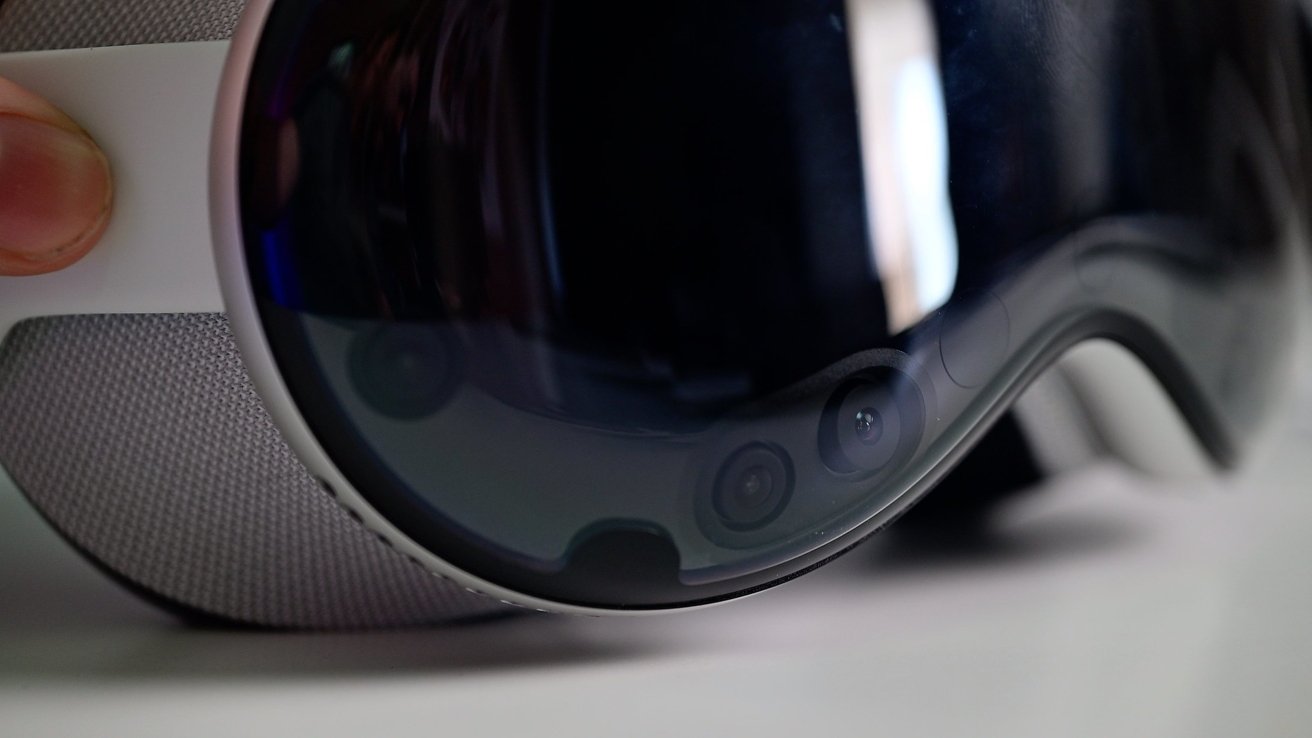
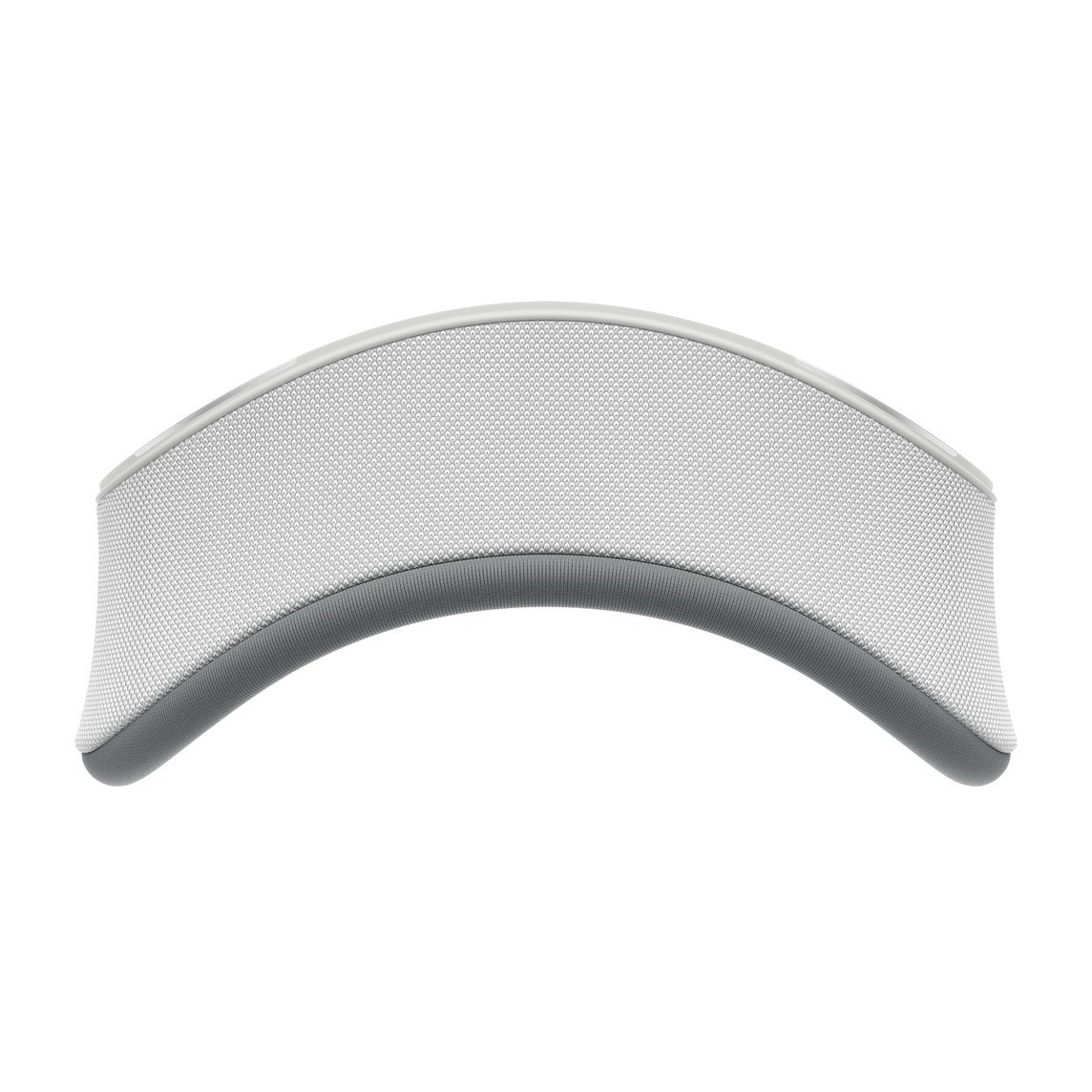
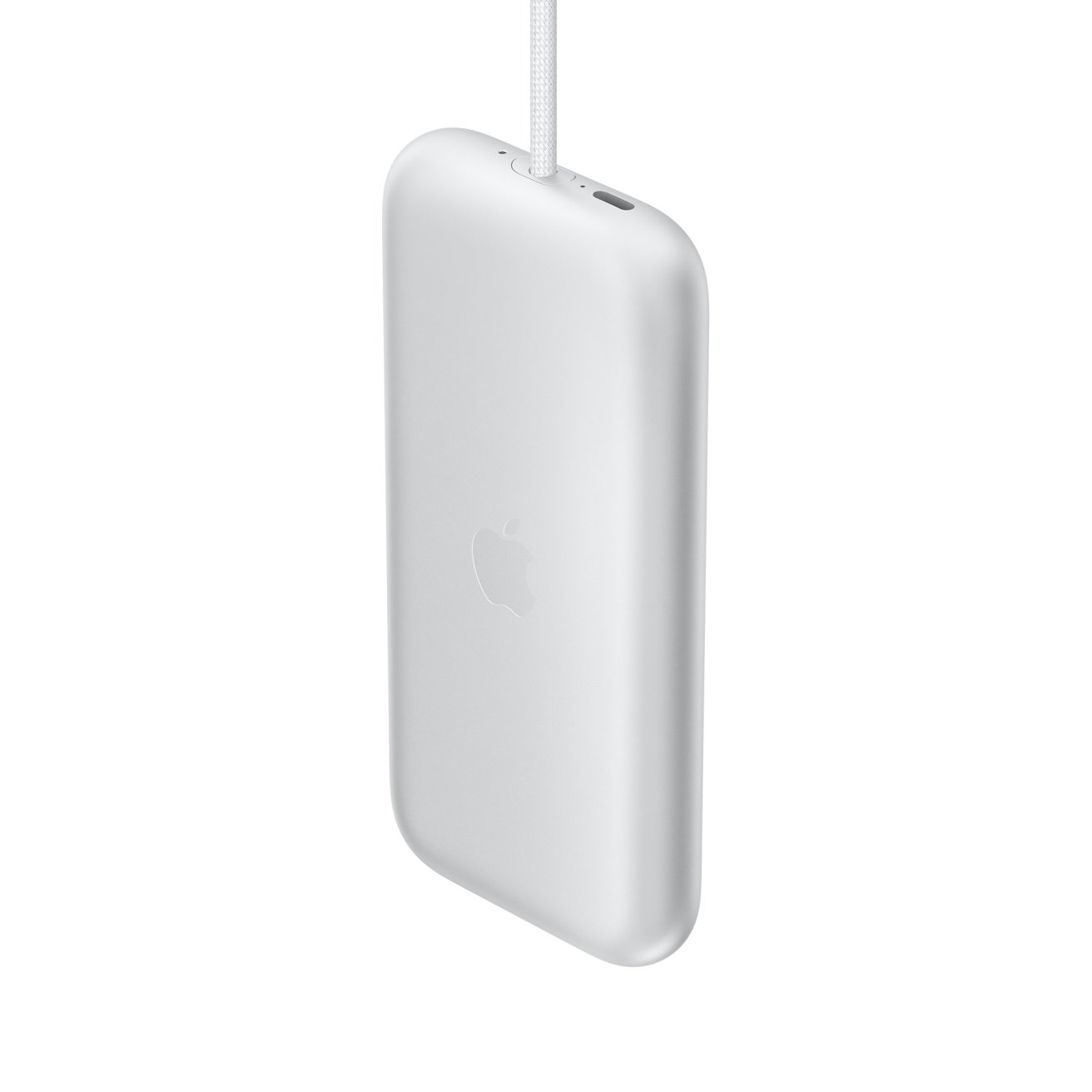
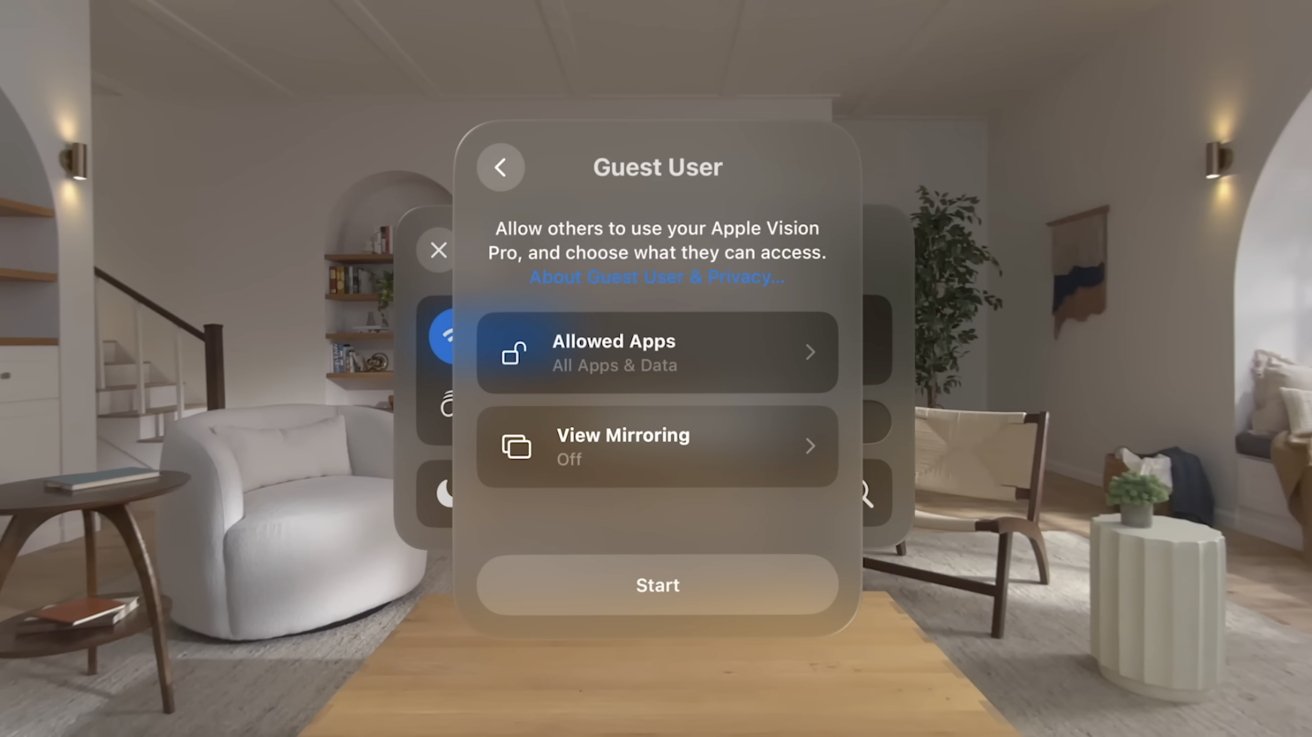














 Amber Neely
Amber Neely
 Thomas Sibilly
Thomas Sibilly
 AppleInsider Staff
AppleInsider Staff
 William Gallagher
William Gallagher
 Malcolm Owen
Malcolm Owen
 Christine McKee
Christine McKee

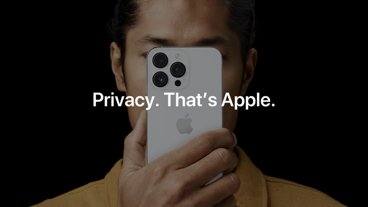

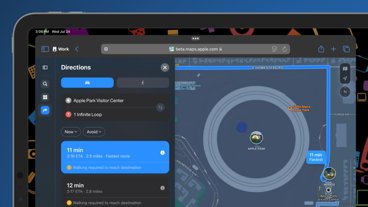





25 Comments
Thanks for the great constructive review DED. It is sorta surprising that Apple didn’t make a way to hot-swap the battery pack or engineer a “mag-safe” breakaway for the cable. I have not bought a AVP but was one of the first to demo it at my local Apple store. The store seemed to be more focused on training multiple employees than on the customer. That said the light seal selected for me had a lot of light leakage around my nose so even at the store there are issues.
Sorry about your HomePod. And yes I have had some not great experiences at Apple Stores involving complicated returns.
While I get why they feature the "cool" looking strap which only goes around the back of your head in their marketing campaign, as if to say hey, this isn't your typical VR headset, it simply isn't comfortable. Yes, it's perfectly fine around the back of your head and very pleasant to touch, but it causes you to carry the bulk of the AVP's weight smooshed to the front of your face and this just doesn't work well for any extended period of time. The other included strap, while far less exciting looking since it's like a harness which goes over the top of your head, makes wearing the device orders of magnitude more comfortable. The difference is truly night and day and I can comfortably wear the AVP for hours at a time with the more traditional "VR style" strap.
When I had my initial fit at the Apple Store they used the mono-strap and I was immediately like, whoa, this thing is super heavy and uncomfortable to wear! It wasn't until I got home and tinkered that I discovered the relief provided by the other strap. I think so many of the reviews complaining about weight and comfort have to do with the fact that Apple pushed the mono-strap for demos and review evaluations. I believe this was also a big mistake.
Sure, show the cool strap in all official Apple ads and marketing materials, but the more functional strap is the one which should come attached to the device in the box, be used for in-store test fits, and be prioritized for demos/reviews. Comfort is key when it comes to wanting to truly use this product on a regular basis, no matter how wow the tech is. I truly think Apple is doing themselves a disservice by not giving more priority to this simple/obvious concept. The mono-strap is aspirational as nothing more. Perhaps it'll actually be practical for long-term use when we're on AVP version 4 or 5 (or higher) and the device weighs far less, but we're nowhere near that point today.
Flaw Two: Price
expensive and overpriced, period, so apple, move it B)
Apple needs to do more to get developers onboard. There is very little in the way of apps that benefit from spatial computing. Even apps like Shapr3D, that should be shining examples that help define the platform have decided to release for enterprise customers only. Lack of motion controllers feels like a major omission. Hand and eye tracking work until you need more precision, the ability to focus your eyes separately from input, or haptic feedback– all areas that benefit from motion controllers. The Vision Pro can get further than other headsets without motion controllers, but they are still required for a large number of applications.
Apple probably needs a gaming-oriented headset to help create a market for content. Maybe Apple will just ride on it being a device for movies and the rare enterprise apps until it becomes more polished, but the device as-is doesn't really match how it is marketed.